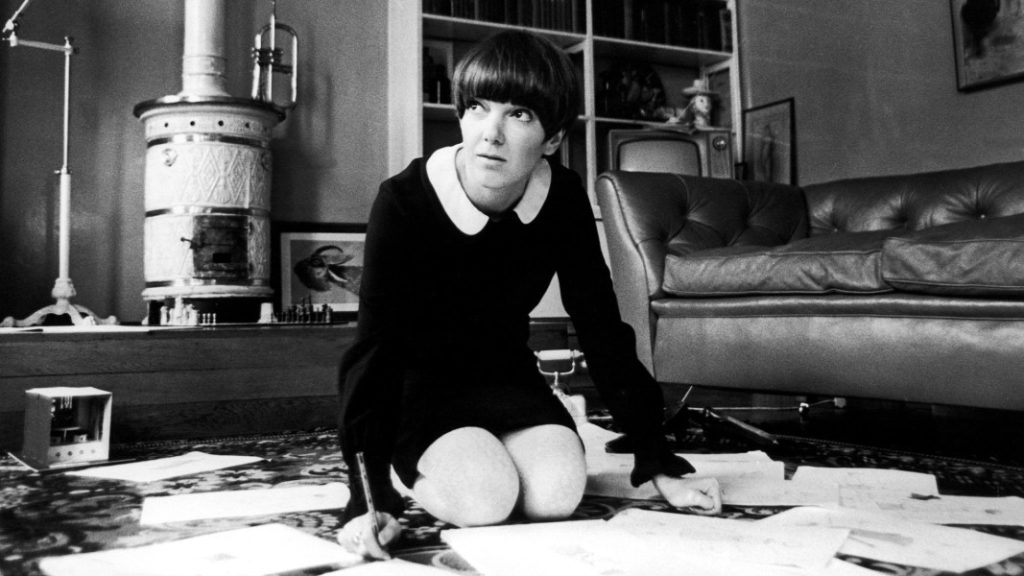
“In the late 1960s a lot of designers went bust and she was already looking forward towards expanding her reach.”įor most people, Quant’s name is synonymous with the miniskirt – of course, this gets its proper recognition in the retrospective. We see Quant develop from her early at-home designs to becoming an international brand, lending her name and daisy logo to a range of makeup, homewares and underwear. Taking things a step further the following year, she began to sell paper patterns for her designs, enabling women to sew their own Quants at home.Ī central pavilion upstairs in the exhibition features just some of the thousands of products that Quant licenced to manufacturers, giving visitors a taste of just how global her brand became. In 1963 she launched the Ginger Group, an accessible diffusion line that was soon stocked by US department store JC Penney. "I wanted to provide fashion for everyone," she says in her autobiography. And it is they that enable visitors to truly understand the power of what this revolutionary designer achieved.ĭuring an age in which Paris still dominated fashion and dictated often unaffordable trends, Quant sought to make her clothes available to women from all social milieu, helping to pioneer mass-market clothes and leading a democratic approach to trends that enabled all women to buy into the mood of the moment. We’ve included 35 objects from them.” It is these items – displayed alongside photographs and personal testimonies of the women who wore them - that form the backbone of the first part of the exhibition downstairs in the museum’s dual-levelled fashion gallery.



Wood described a deluge of responses: “We had thousands of women get in touch with us and it absolutely transformed the exhibition. In June of last year, curators Jenny Lister and Stephanie Wood launched a national call-out using the hashtag #WeWantQuant, appealing to members of the British public to lend or donate any Quant items they may have lurking in their wardrobes.


 0 kommentar(er)
0 kommentar(er)
